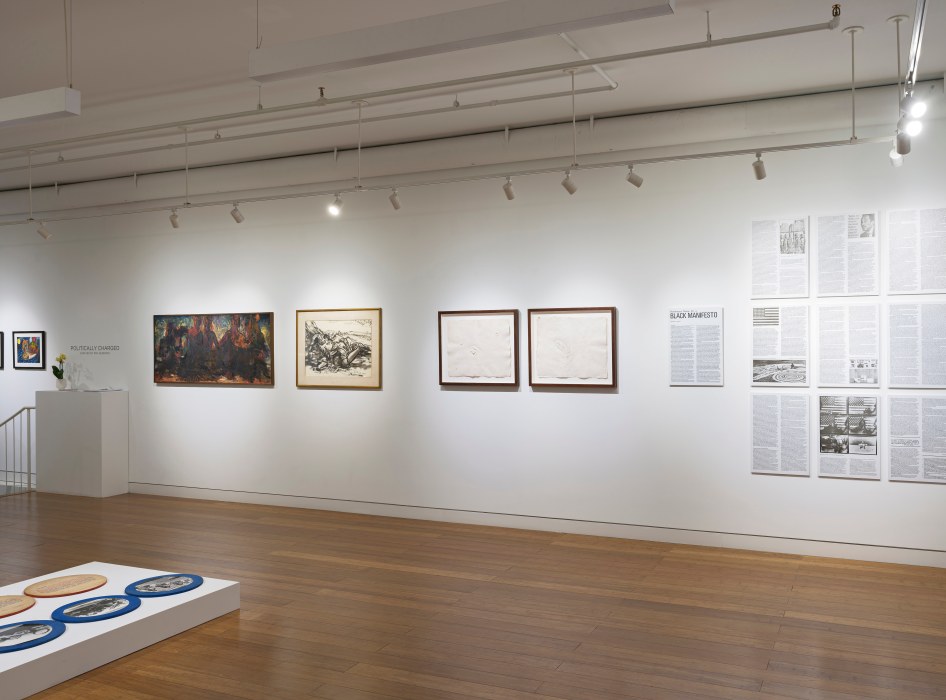
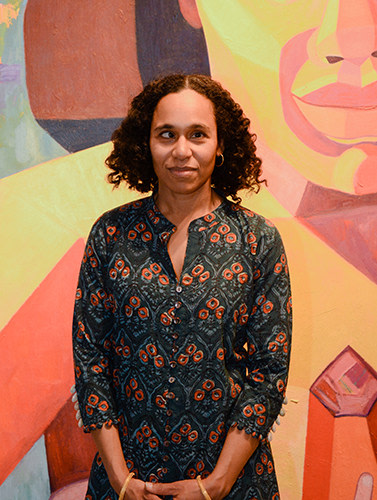
MEQUITTA AHUJA
Born 1976 in Grand Rapids, Michigan.
Lives and works in Weston, Connecticut.
Mequitta Ahuja is a contemporary figurative painter with African American and Indian American roots. She seeks to redefine self-portraiture as picture-making rather than an exercise in identity. She describes her earlier work as automythography, a combination of personal narrative with cultural and personal mythology. By merging past and present ideas of self-portraiture, Ahuja’s work destabilizes the genre’s old and current conventions, especially in regards to self-portraits of women or people of color. Her approach to portraiture is informed by Poussin’s 1650 self-portrait, Velasquez’s Las Meninas, the work of Kerry James Marshall, and the author Doris Lessing. Ahuja also draws inspiration from Mughal manuscripts and Buddhist wall drawings. Her practice poses timely questions about the power dynamics underpinning image production and art history.
Her most recent body of work shown in the 2023 exhibition Black-word is an exploration of her family's genealogy based on her own research and that of her deceased grandmother who started researching and writing the family's history in the 1940's.
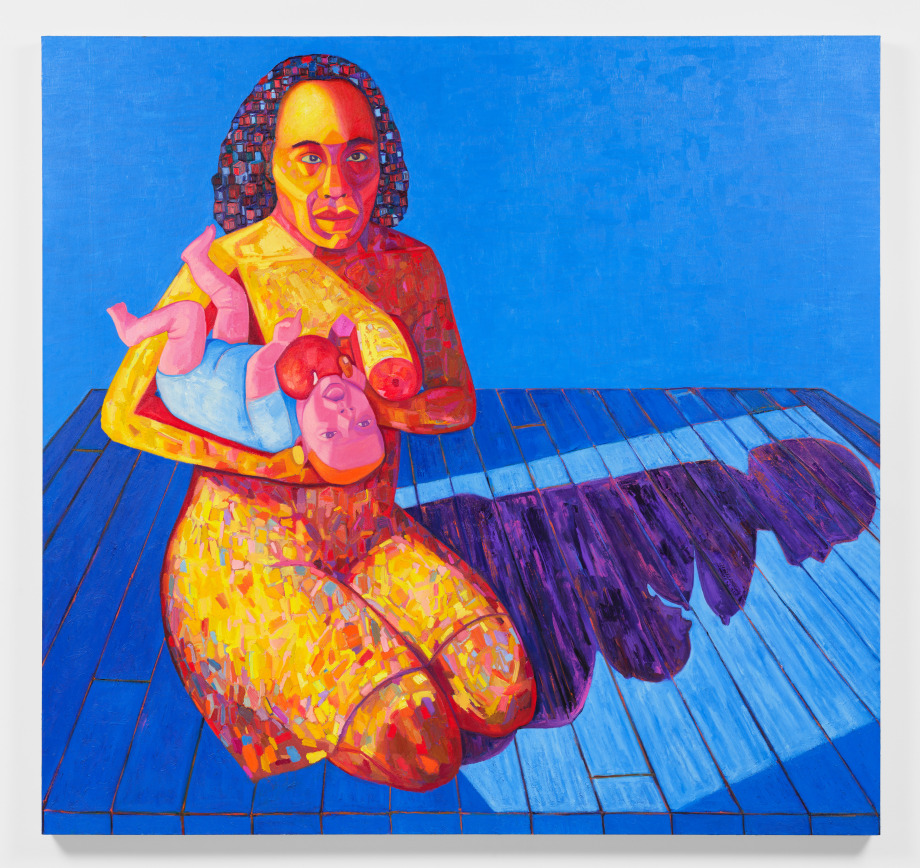
Mequitta Ahuja, Ancestor, 2022, Oil on canvas, 80 x 84 in (213 x 203 cm)
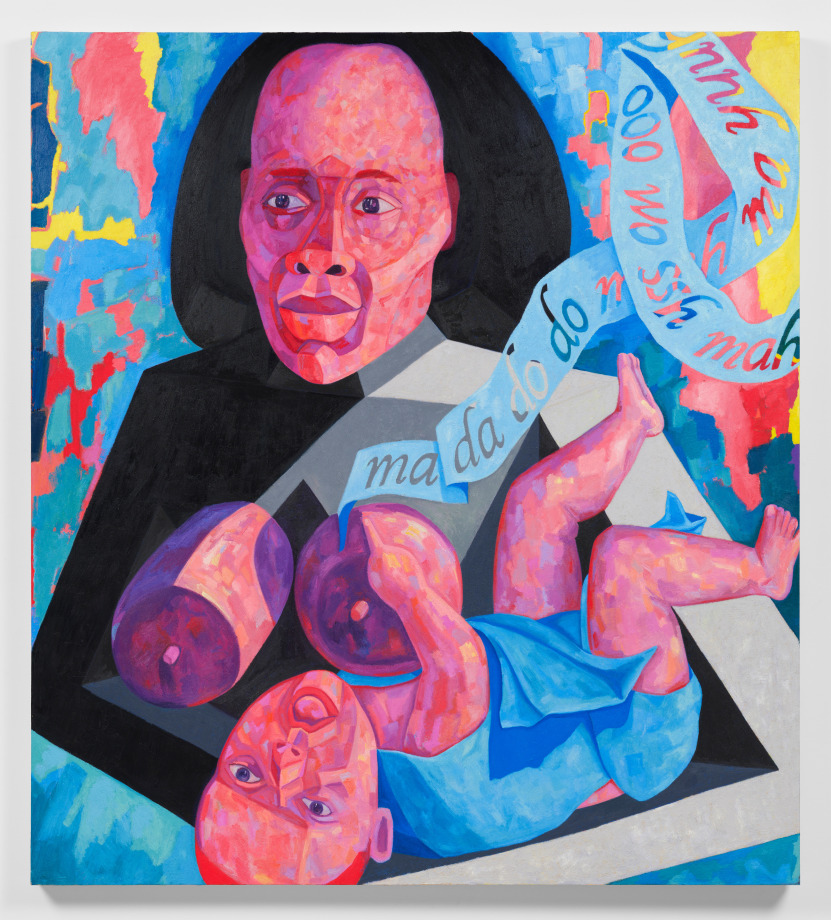
Mequitta Ahuja, Babbler, 2022, Oil on canvas, 80 x 72 in (203 x 183 cm)
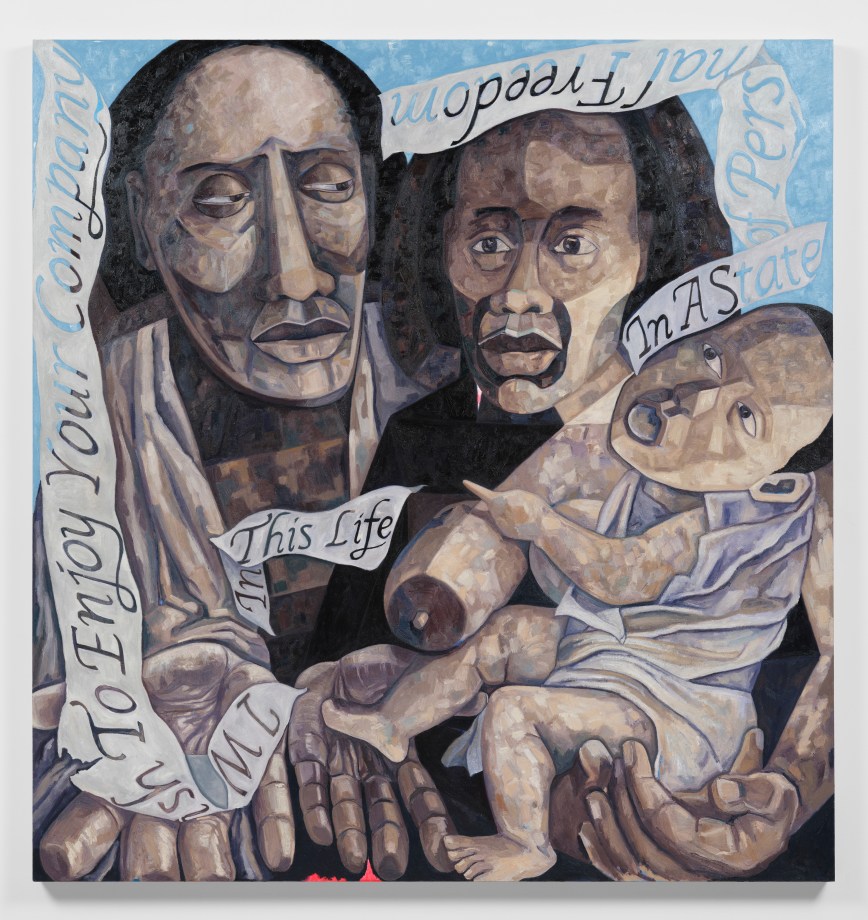
Mequitta Ahuja, In a Free State, 2022, Oil on canvas, 84 x 80 in (213 x 203 cm)
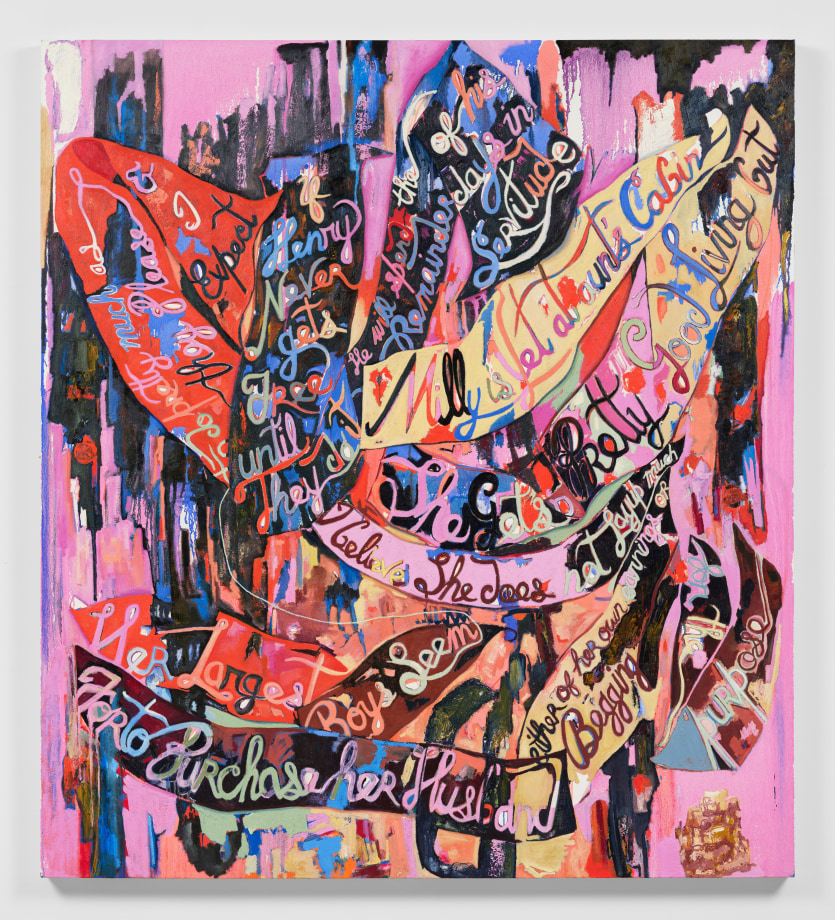
Mequitta Ahuja, Milly is yet at Aunt's Cabin, 2022, Oil on canvas, 80 x 72 in (203 x 183 cm)
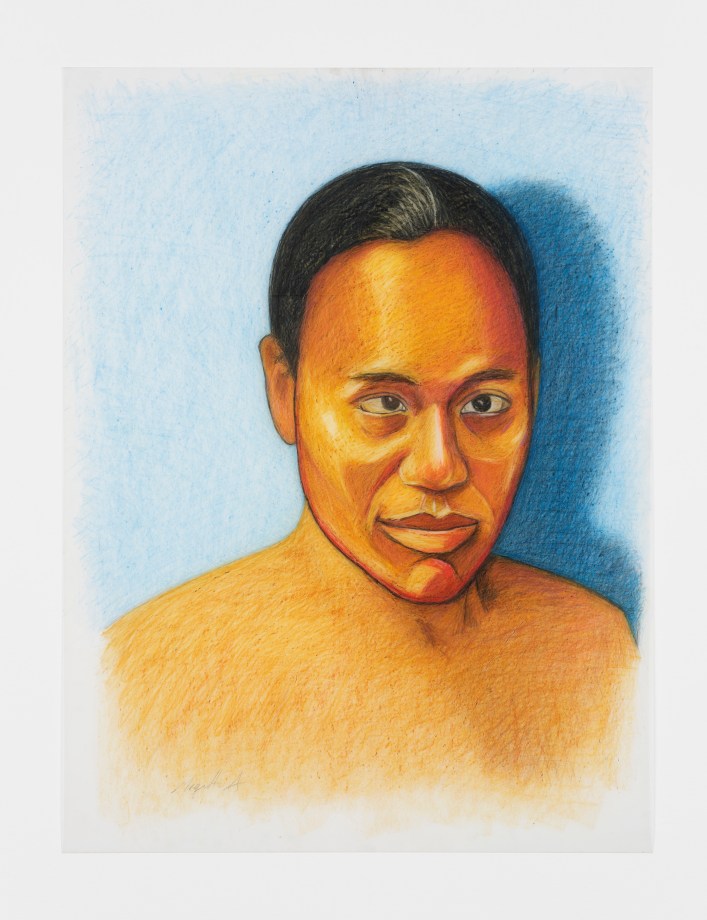
Mequitta Ahuja, Portrait Study II, 2021, Coloured pencil on draftin film, 24 x 18 in (61 x 46 cm)
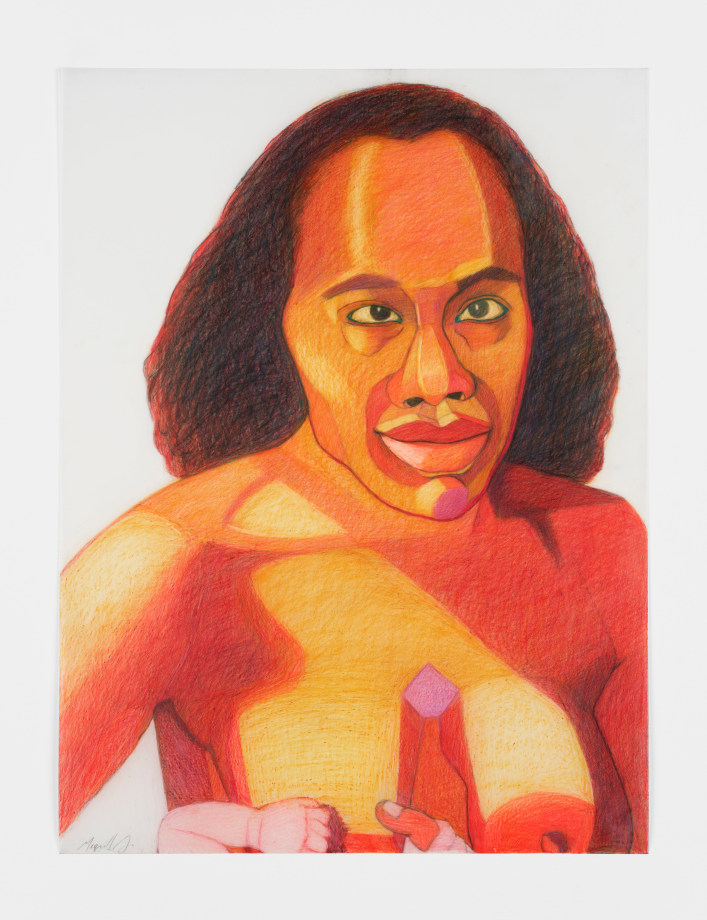
Mequitta Ahuja, Study for Relation, 2021, Coloured pencil on drafting film, 24 x 18 in (61 x 46 cm)

Mequitta Ahuja, Forge, 2009, Oil on canvas, 84 x 72 in (213 x 183 cm)

Mequitta Ahuja, Nest, 2009, Oil on canvas, 96 x 52 in (244 x 132 cm)
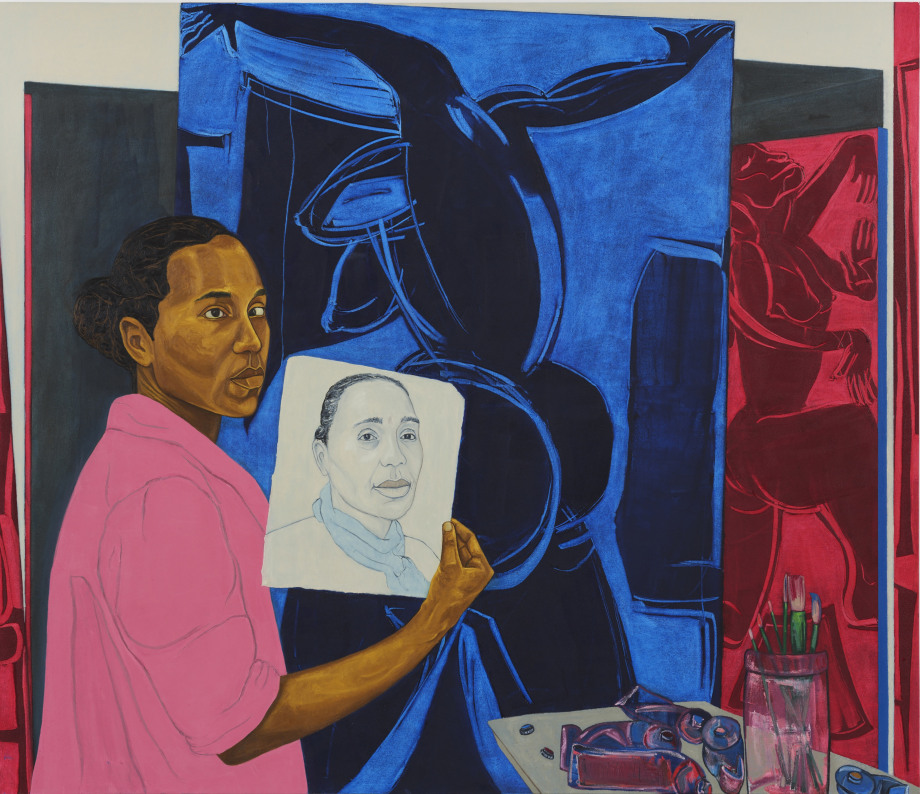
Mequitta Ahuja, Portrait of the artist with a portrait of her mother, 2020, Oil on canvas, 72 x 84 in
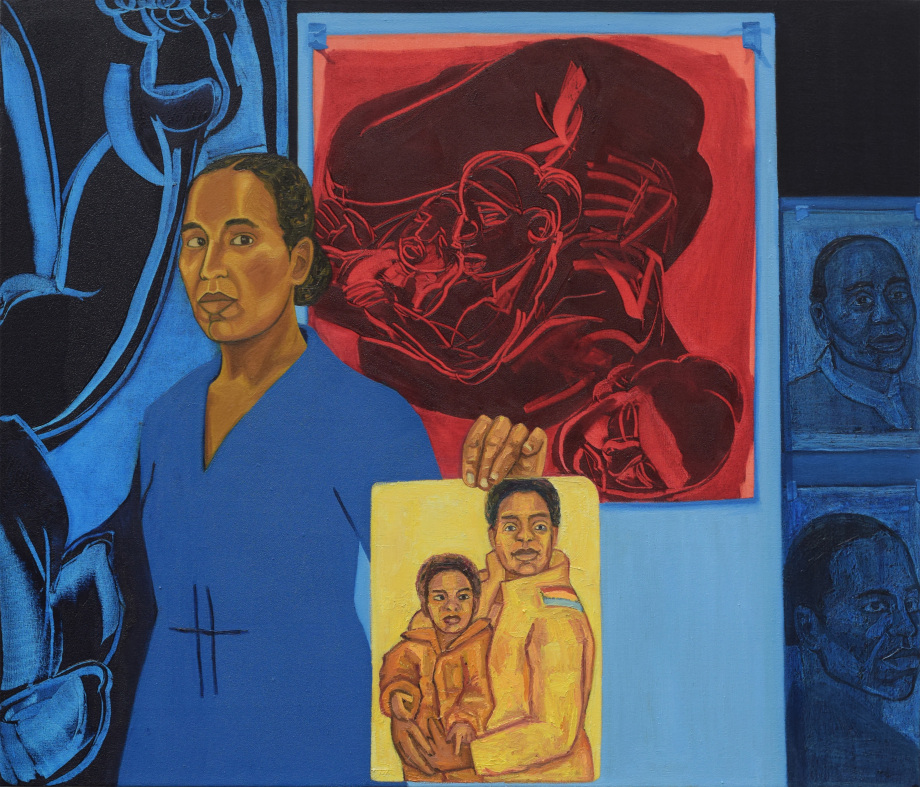
Mequitta Ahuja, Primary Love, study, 2020, Oil on canvas, 36 x 42 in
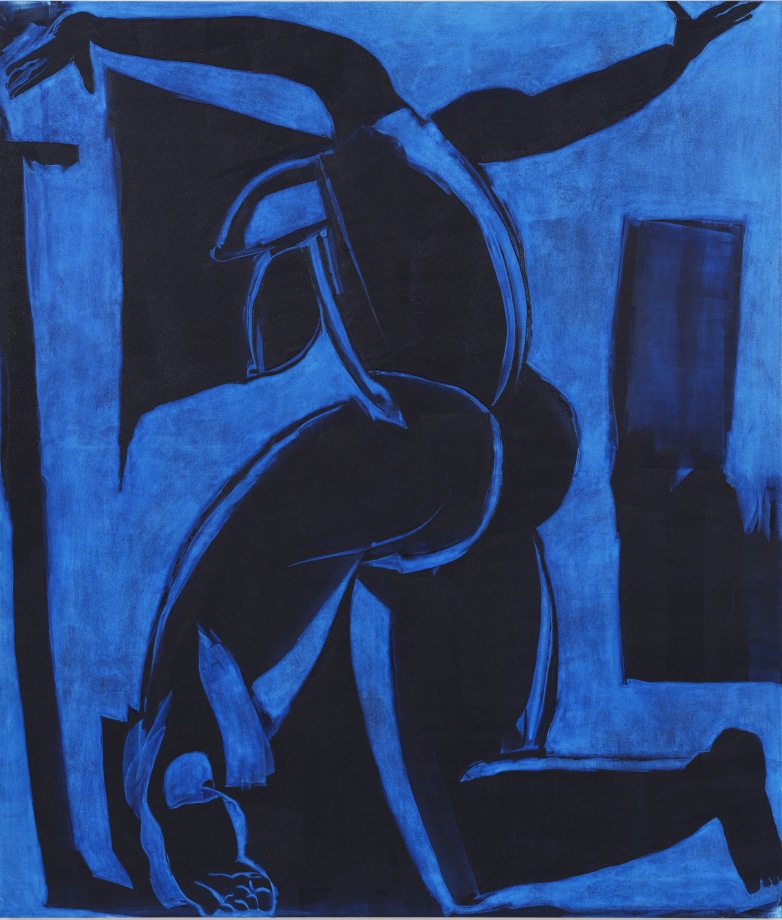
Mequitta Ahuja, Generator, 2020, Oil on canvas, 84 x 72 in
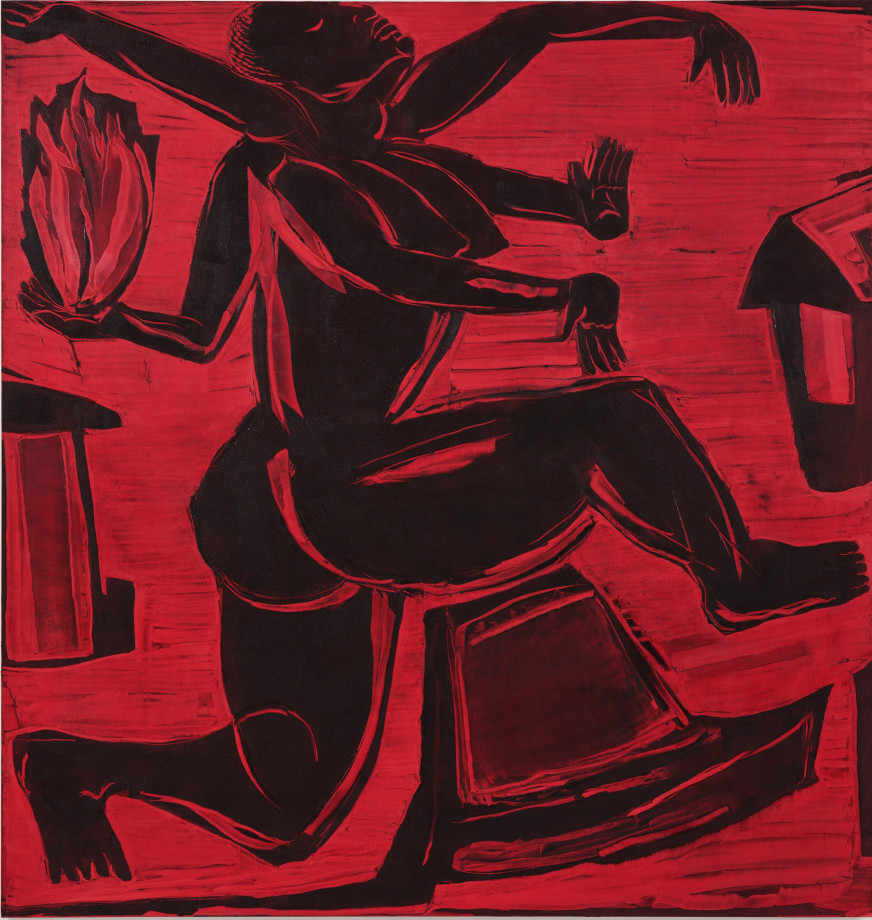
Mequitta Ahuja, Regenerate, 2020, Oil on canvas, 84 x 80 in
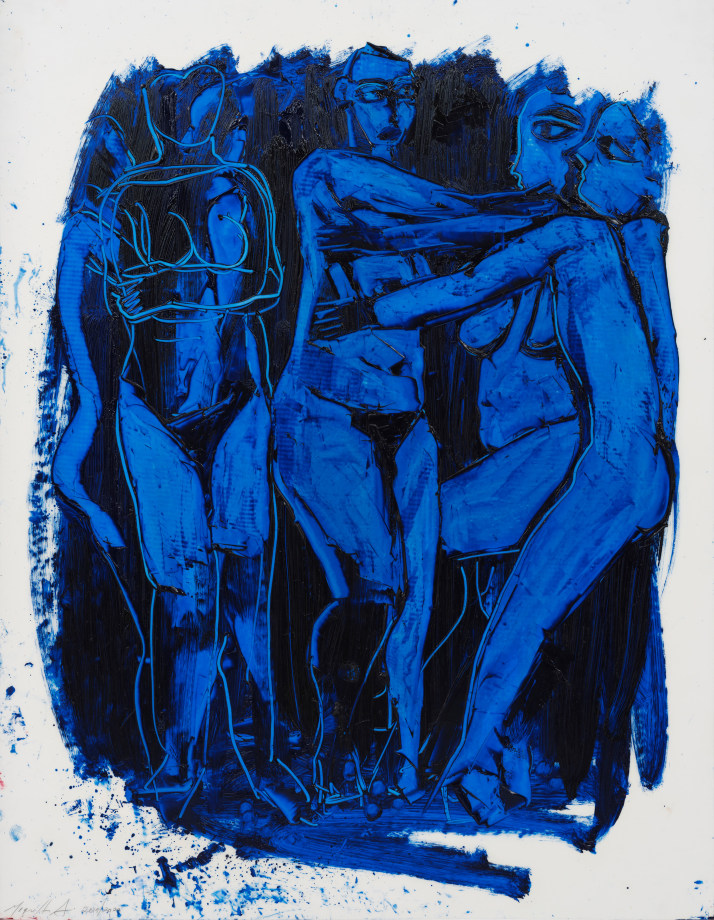
Mequitta Ahuja, Bound, 2020, Oil on polyester drafting film, 31 x 24 in
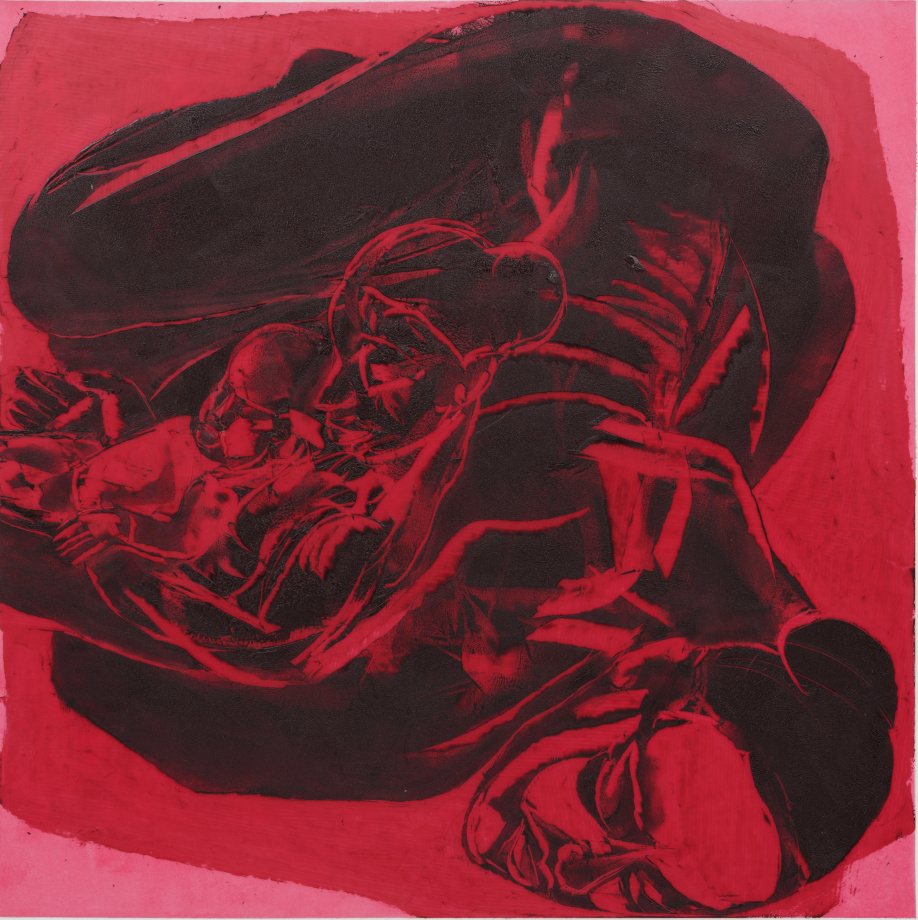
Mequitta Ahuja, Merge, 2020, Oil on polyester drafting film, 33 x 33 in
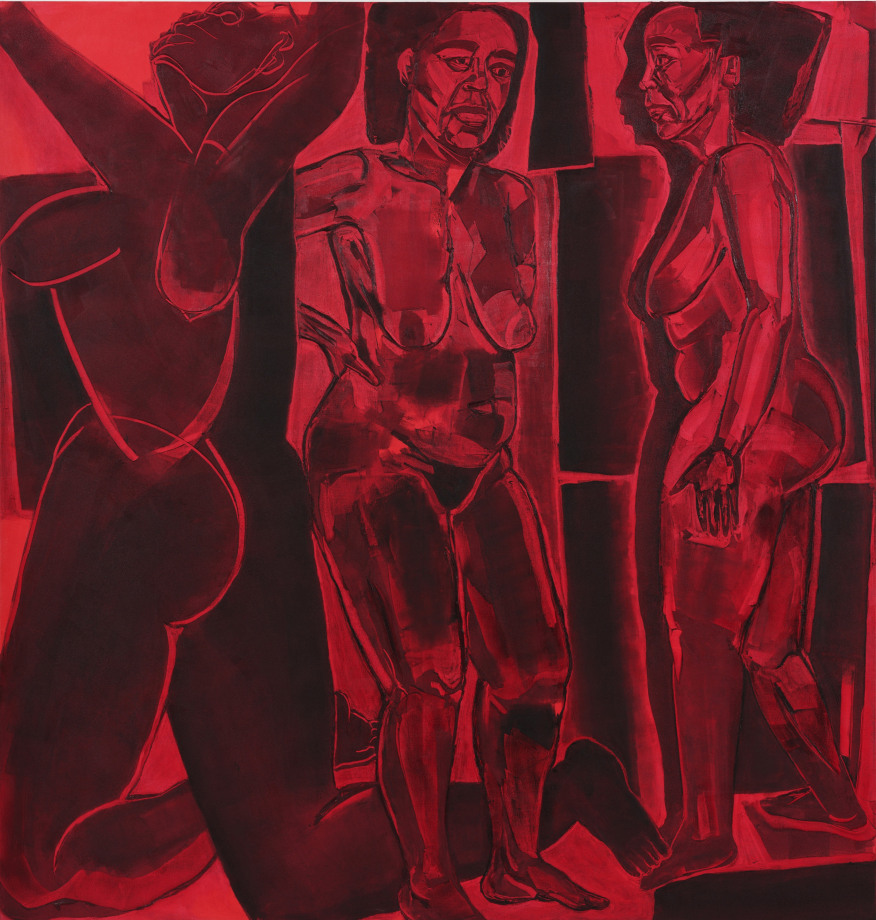
Mequitta Ahuja, Scan, 2020, Oil on canvas, 84 x 80 in
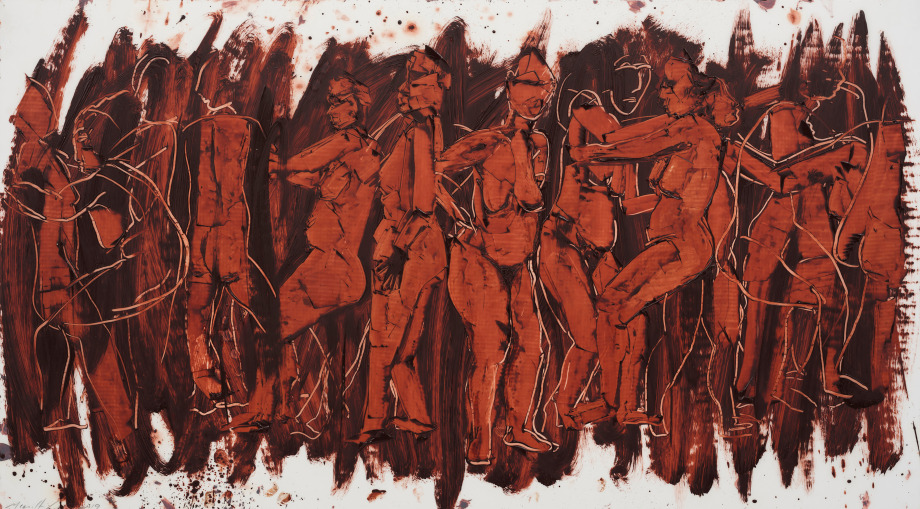
Mequitta Ahuja, Momentum, 2020, Oil on polyester drafting film, 20 x 36 in
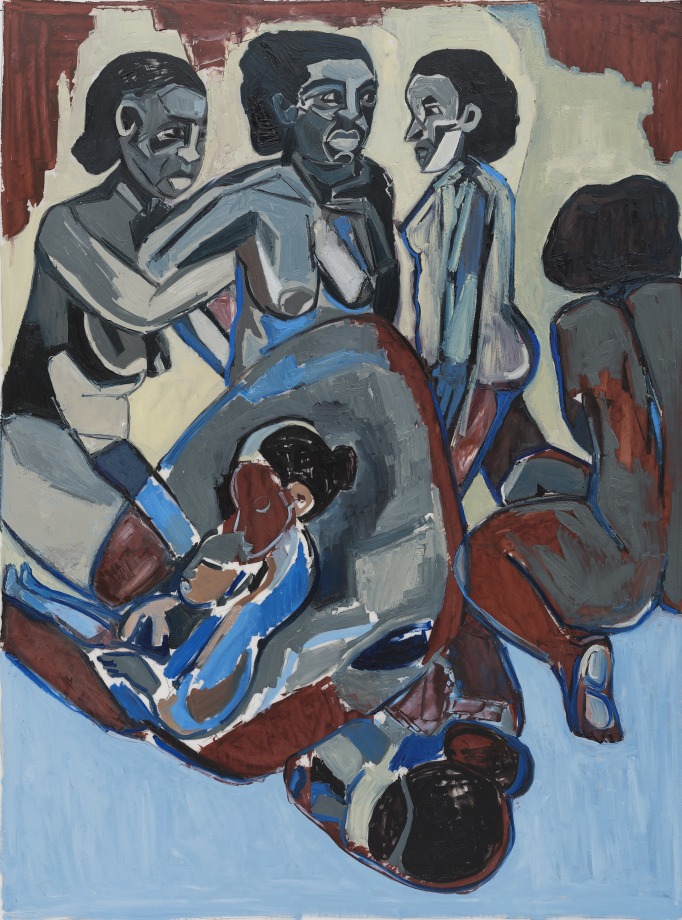
Mequitta Ahuja, Term II, 2020, Oil on polyester drafting film, 28.5 x 21.5 in
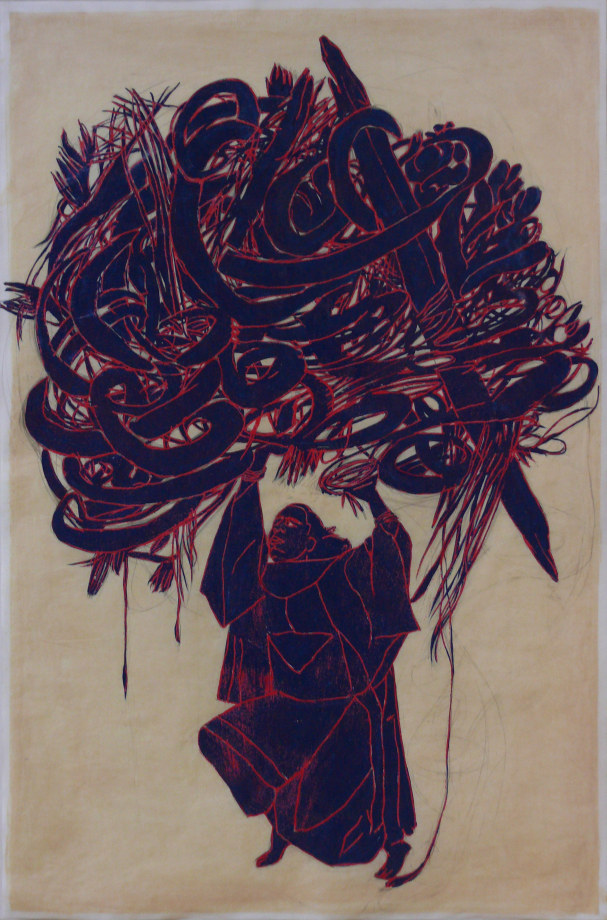
Mequitta Ahuja, Dream Sequence: Raptor's Colie, 2010, Enamel, glitter and watercolor on paper, 36 x 24 in
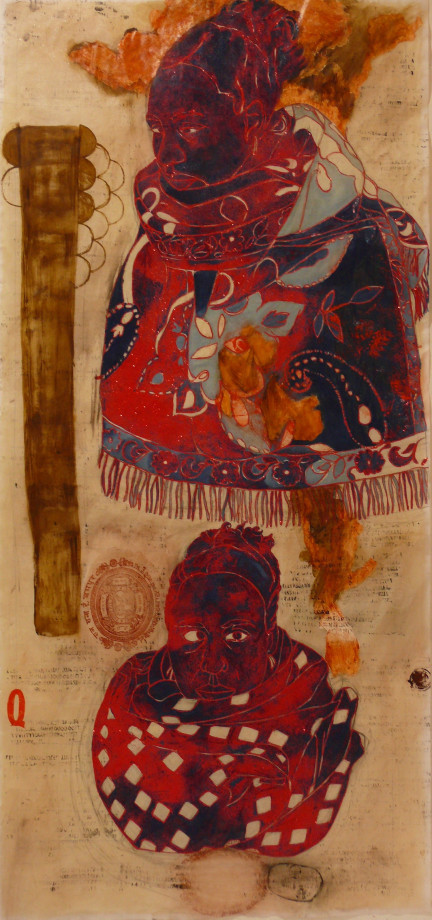
Mequitta Ahuja, Dream Sequence: Q, 2011, Enamel, glitter on hand-colored paper, 51.5 x 24 in
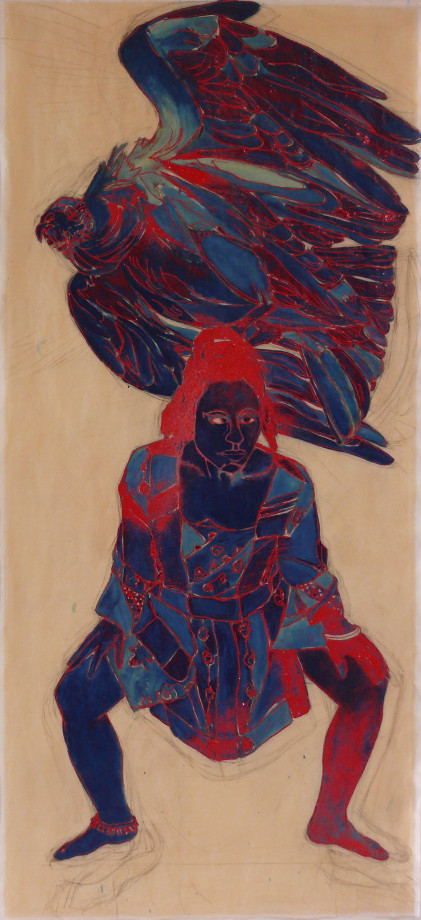
Mequitta Ahuja, Raptor's Launch Assist, 2010, Enamel and glitter on paper, 51.5 x 24 in
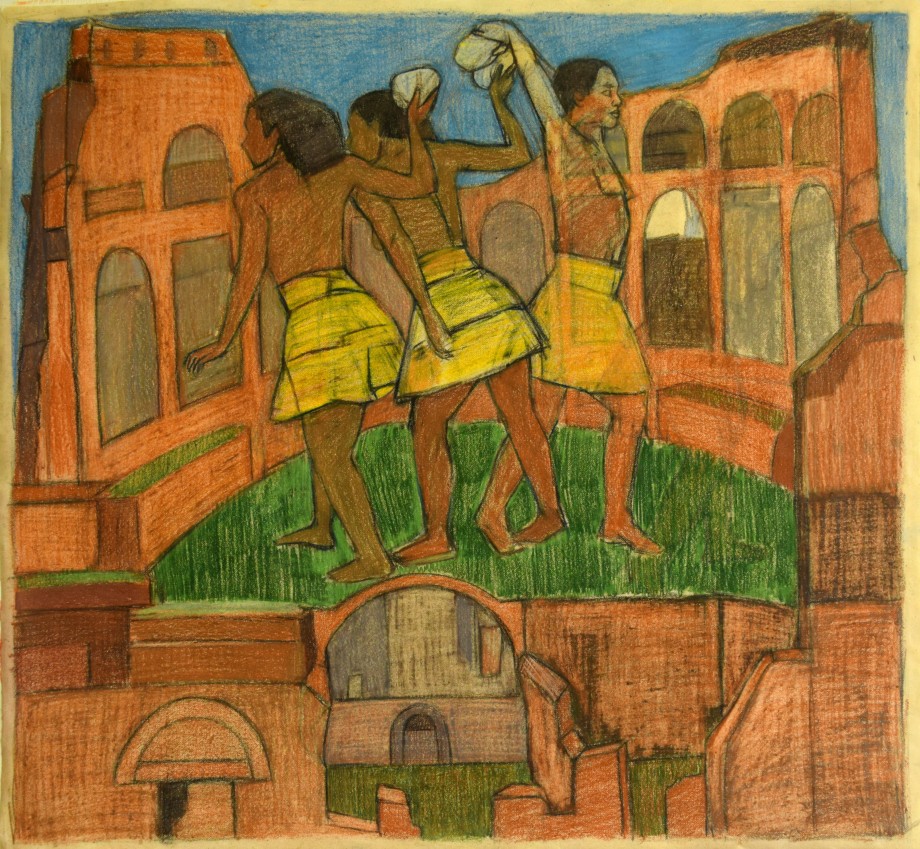
Mequitta Ahuja, Colle Palatino I, 2014, Colored pencil on paper, 17 x 18 in
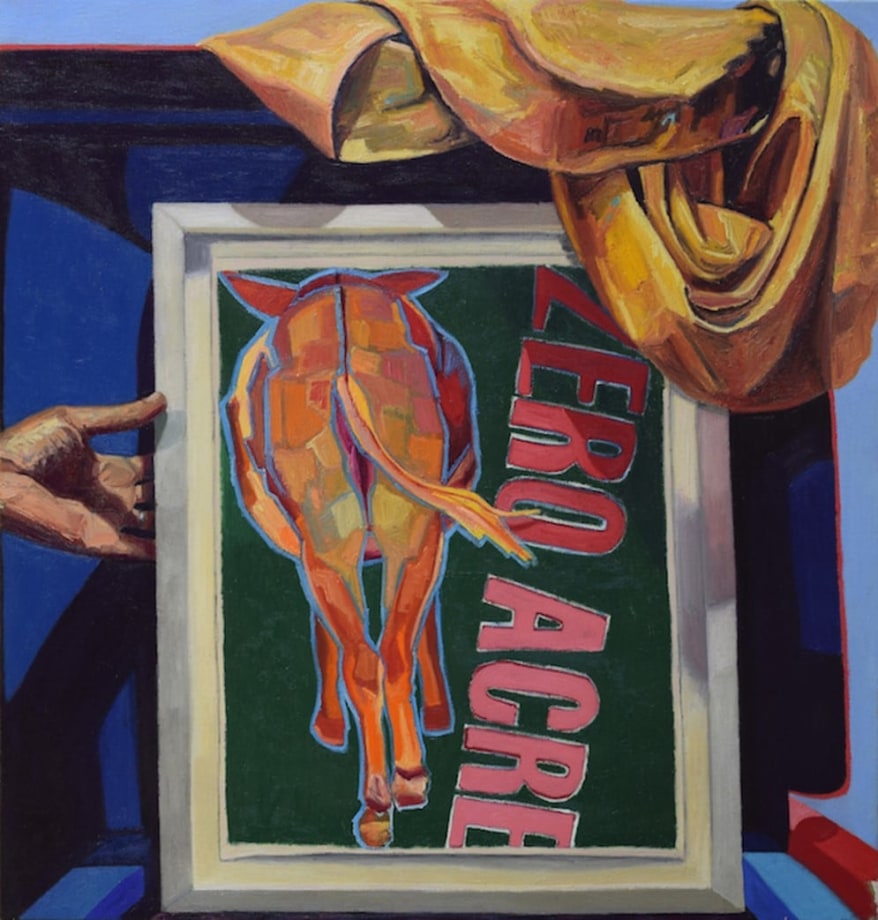
Mequitta Ahuja, Zero Acre, 2018, Oil on canvas, 42 x 40 in
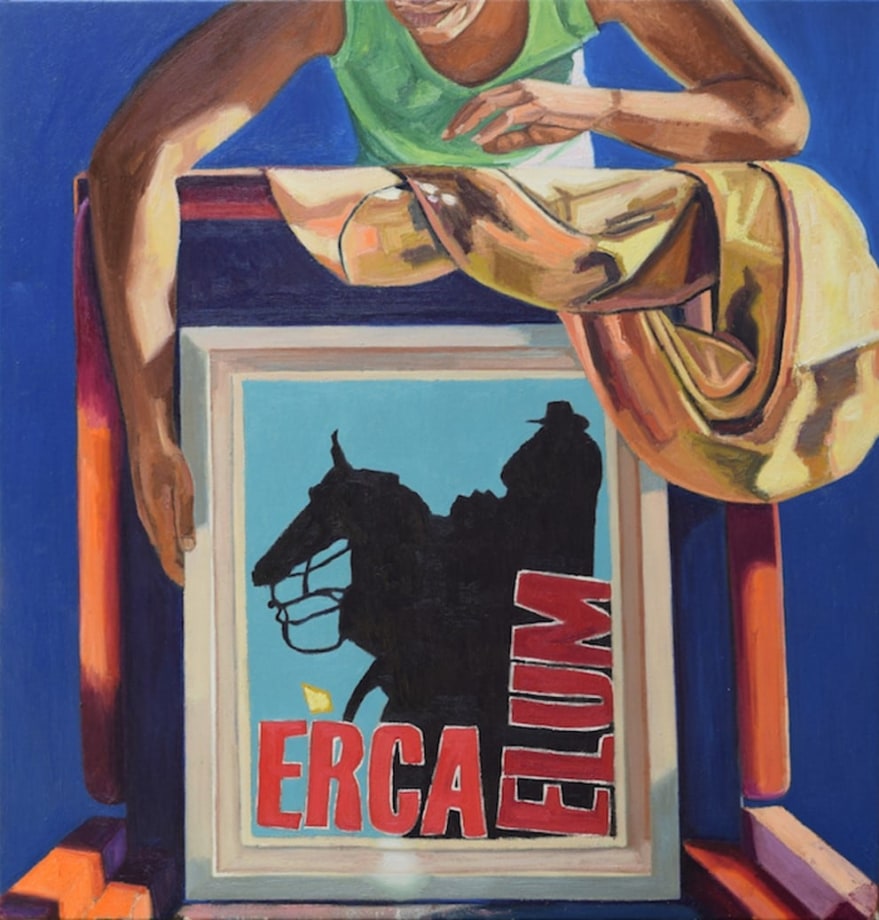
Mequitta Ahuja, Erca Elum, 2018, Oil on canvas, 42 x 40 in
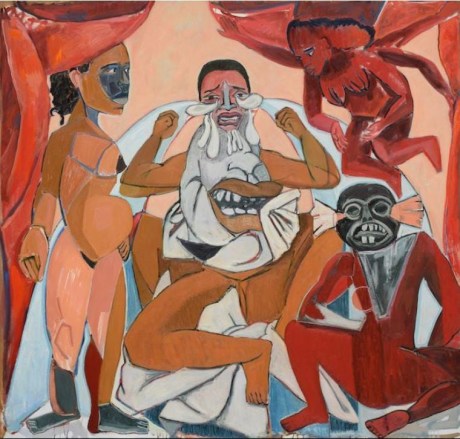
Mequitta Ahuja, Le Damn, 2018, Oil on canvas, 80 x 84 in
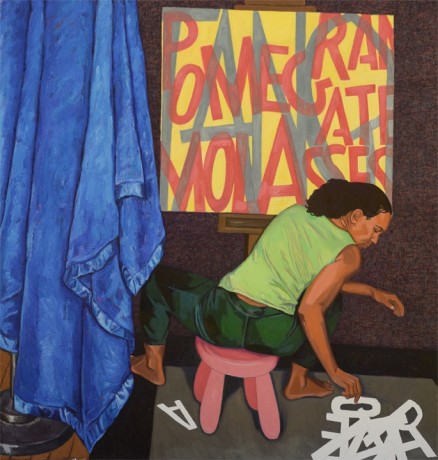
Mequitta Ahuja, Seated Scribe (Pomegranate Molasses), 2018, Oil on canvas, 84 x 80 in
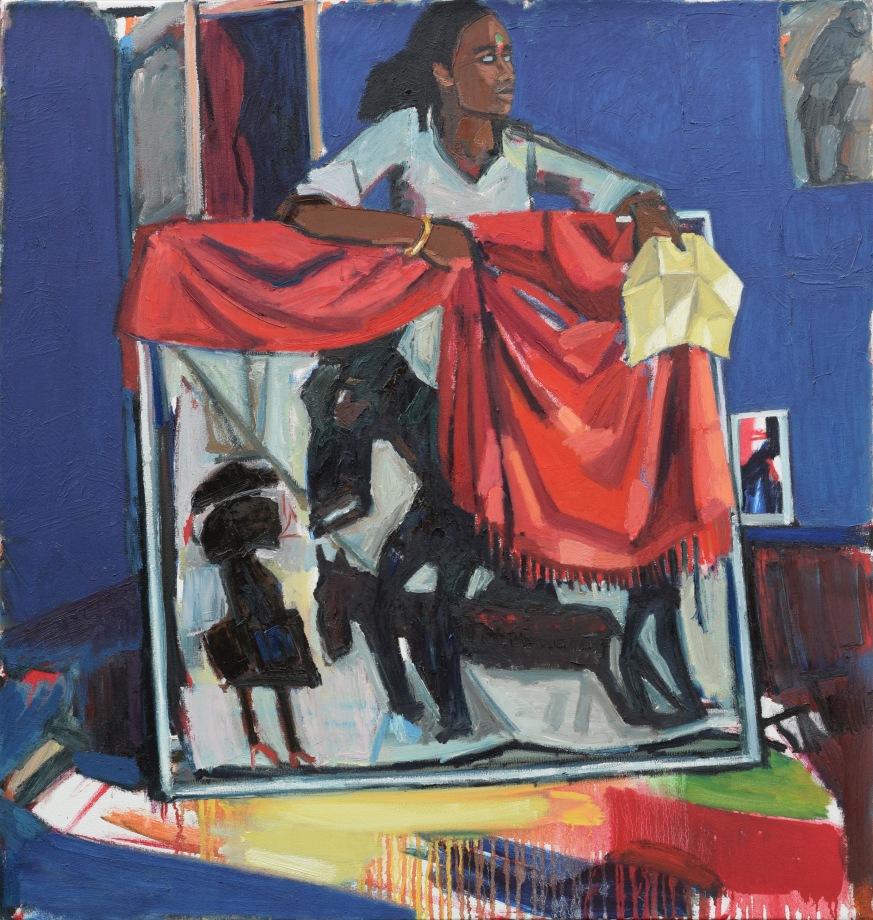
Mequitta Ahuja, Material Support (Study I), 2017, Oil on canvas, 42 x 40 in
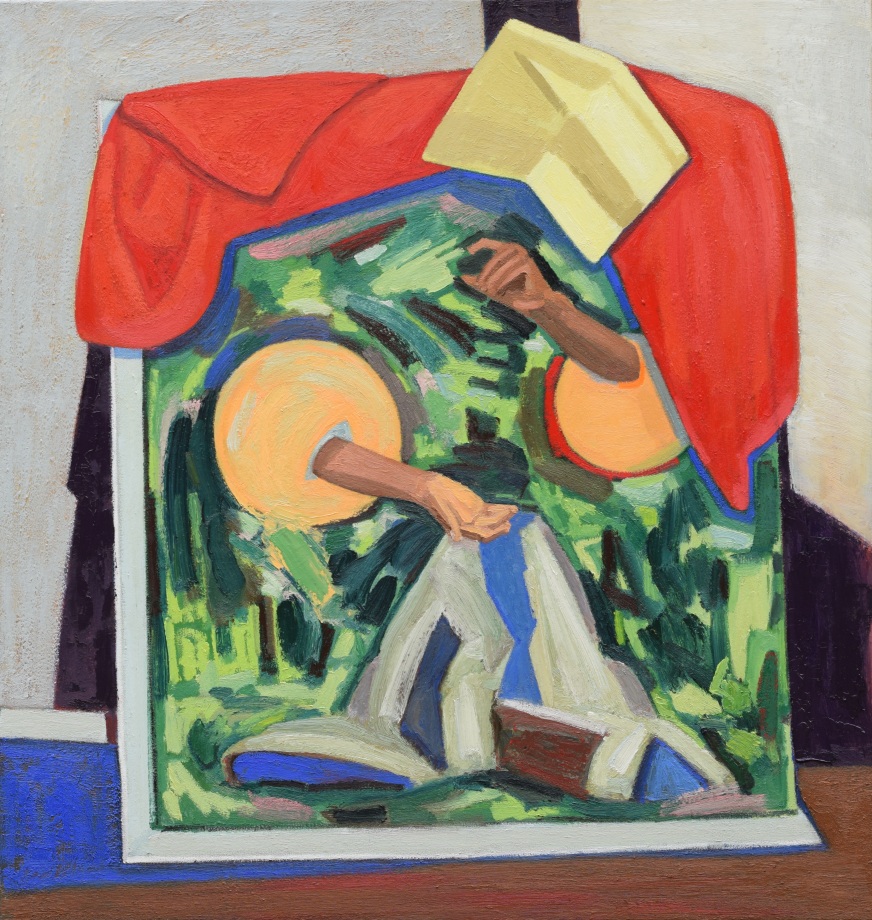
Mequitta Ahuja, Icon, 2017, Oil on canvas, 42 x 40 in
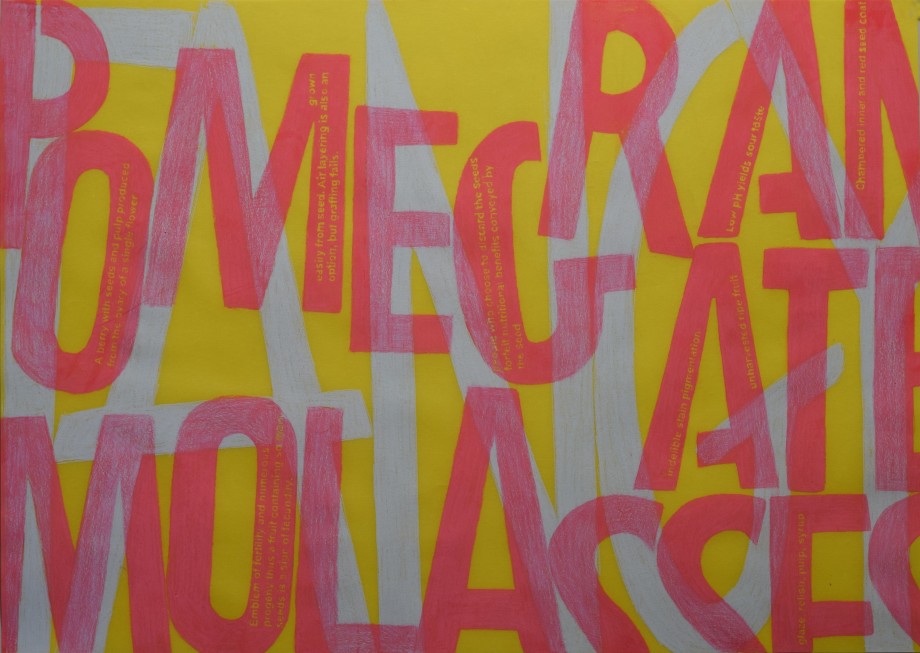
Mequitta Ahuja, Pomegranate Molasses, 2018, Color pencil on paper, 19.5 x 27 in
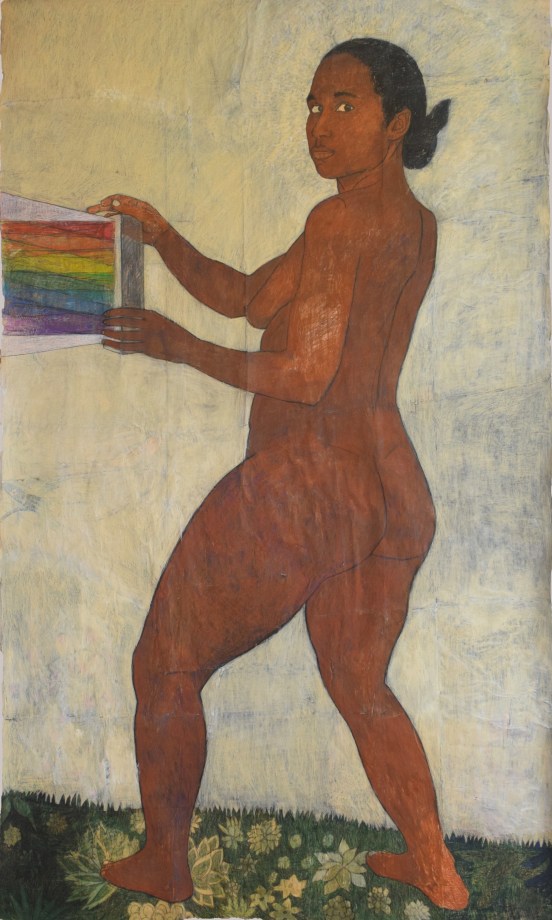
Mequitta Ahuja, Hocus Pocus, 2014, Colored pencil on paper, 86 x 53 in
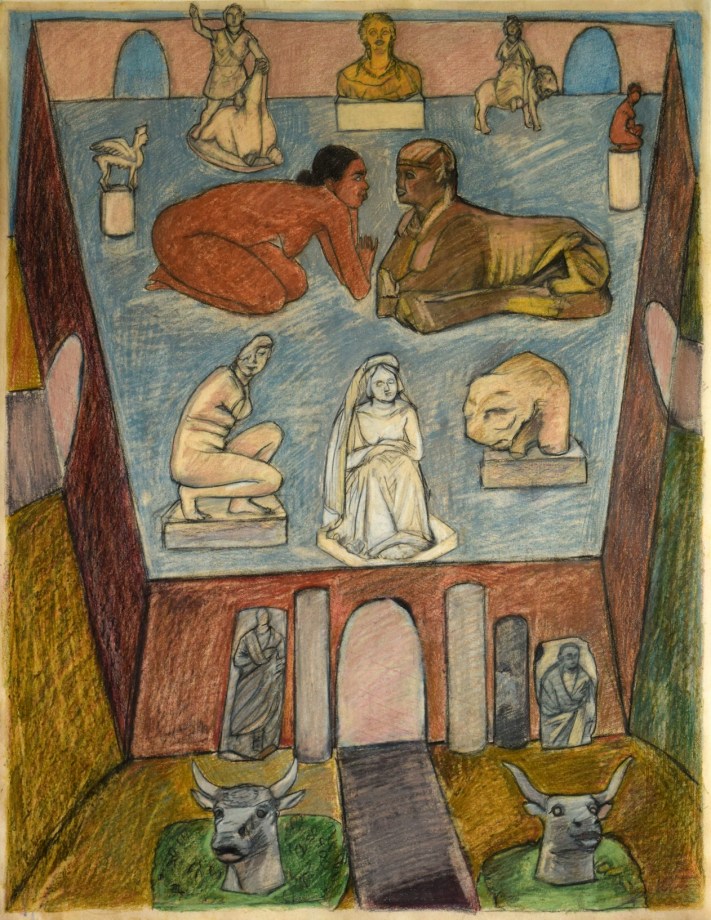
Mequitta Ahuja, Sphinx I, 2014, Colored pencil on paper, 22 x 17 in
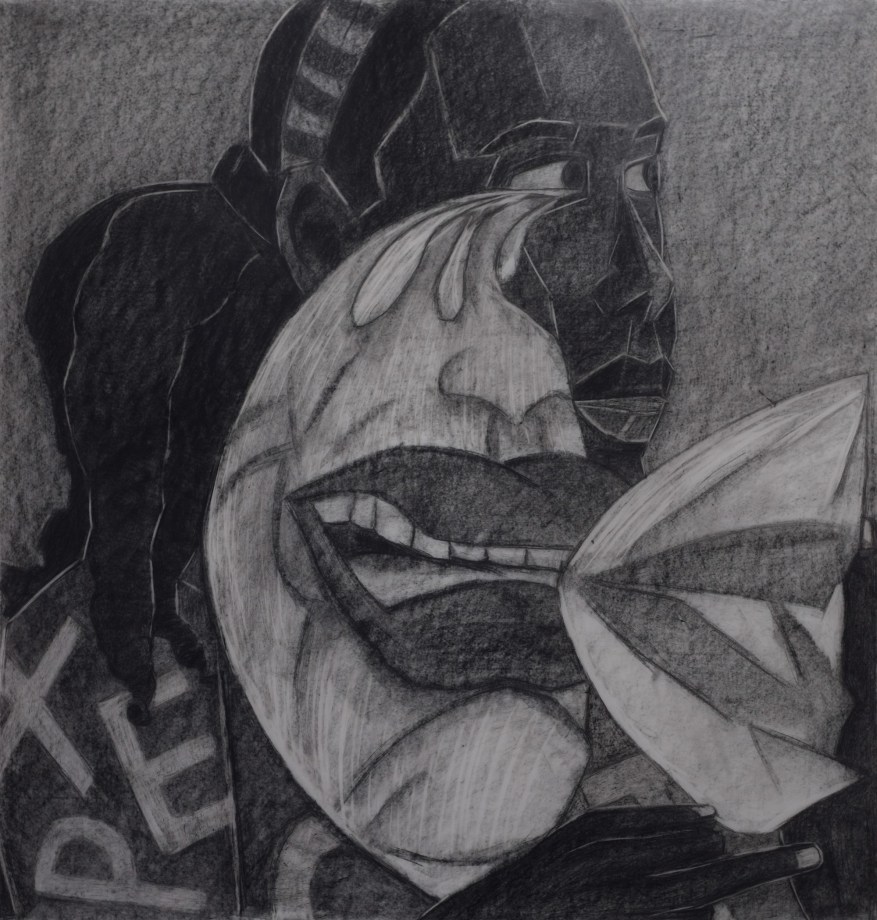
Mequitta Ahuja, aMother, Study, 2019, Oil-based charcoal on paper, 25 x 23.5 in
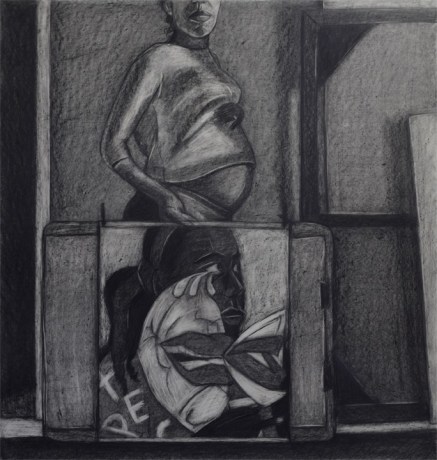
Mequitta Ahuja, aMother (Study), 2018, Oil-based charcoal on paper, 25 x 23.75 in

Mequitta Ahuja, Border (Value Scale Drawing), 2018, Oil-based charcoal on paper, 36 x 24 in
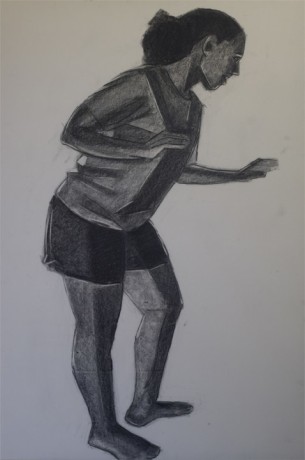
Mequitta Ahuja, Notations (Study II), 2018, Oil-based charcoal on paper, 36 x 24 in
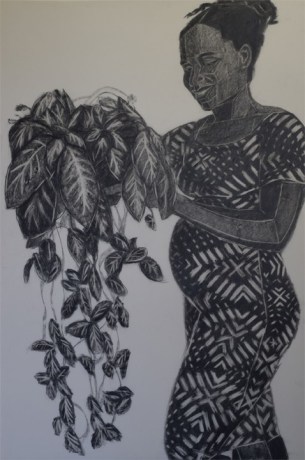
Mequitta Ahuja, Portrait at Five Months, 2018, Oil-based charcoal on paper, 36 x 24 in
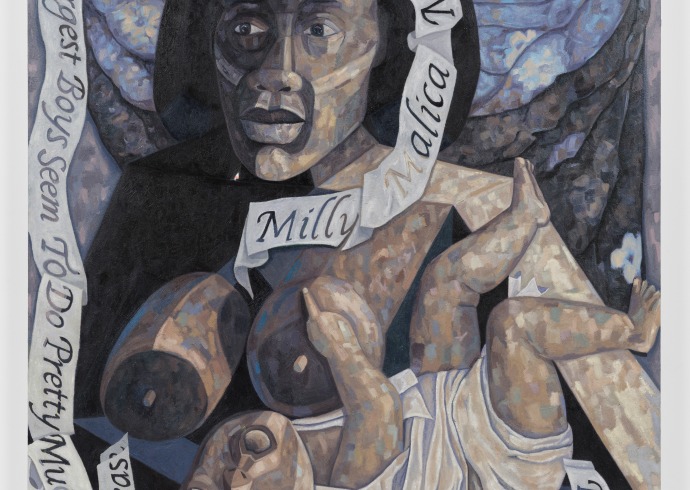
Artists like Farah Atassi, Tahnee Lonsdale, Mequitta Ahuja, Akea Brionne, and Danielle Orchard fracture and distort the body, evoking the dissonance between exterior and interior worlds and the dynamic nature of identity.
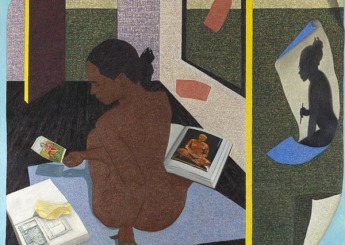
The Montclair Art Museum (MAM) has announced four new, visually inspiring exhibitions opening this September and November including, Taking Space: Contemporary Women Artists and the Politics of Scale.
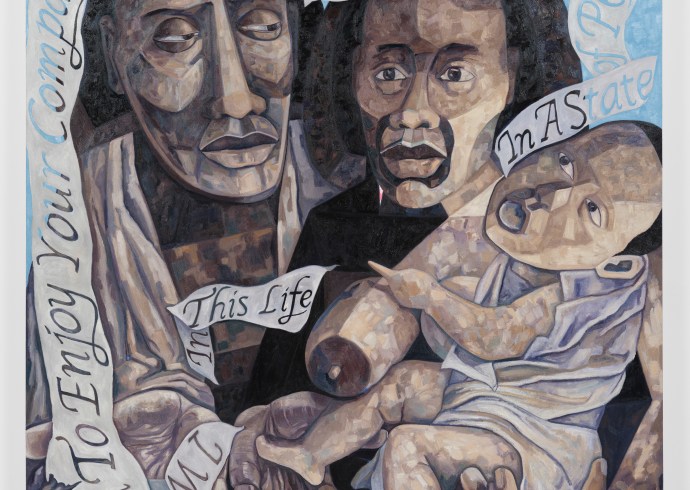
Archival art serves to situate artists whose pasts have been belittled, denied or erased.
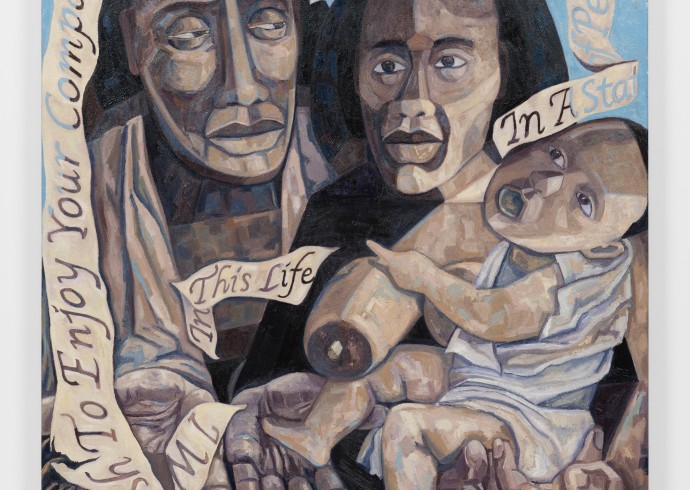
Three contemporary artists on what the term means to them. Alisha Wormsley, Mequitta Ahuja, and Cauleen Smith all help move the conversation beyond Black science fiction tropes.
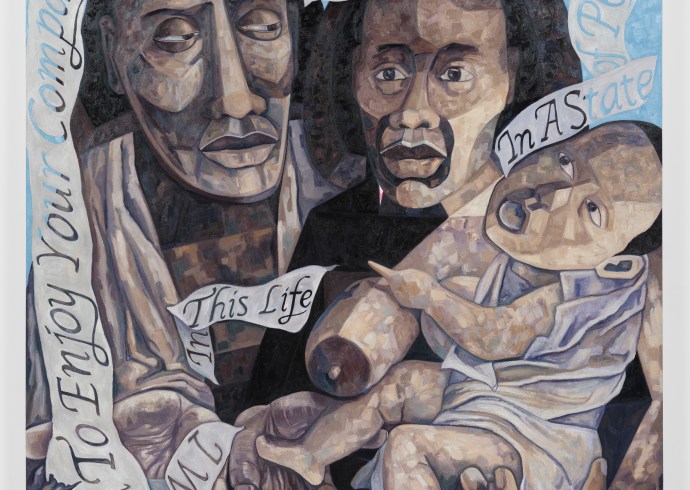
We see from “Black-word” that Ahuja is pushing art-world boundaries. In different ways and in different works of hers, she alludes to or appropriates tropes and conventions that the history of Western art brought to the fore in different times, especially during the Renaissance and the period of modernism.
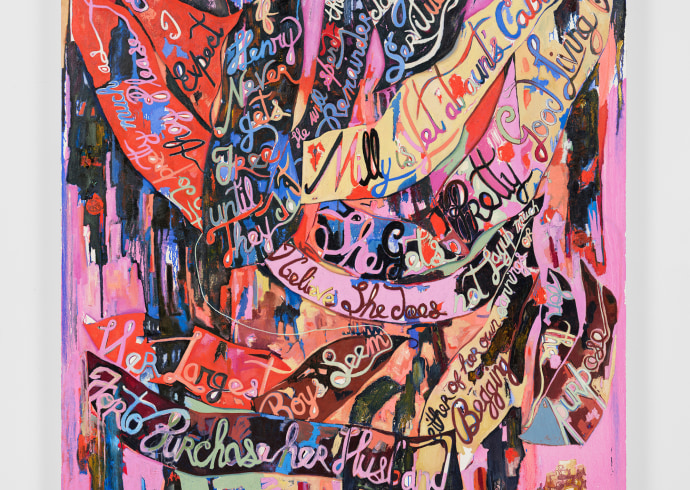
Her second solo show with New York's Aicon Gallery, "Black-word," opens today.
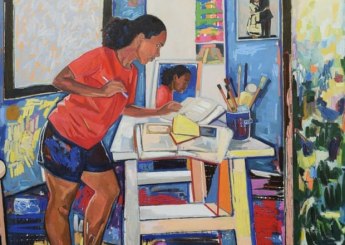
Britain’s empty high street shops and derelict department stores should be transformed into artists’ studios and galleries to bring life back to city centres, according to the outgoing director of one of the country’s leading art spaces.
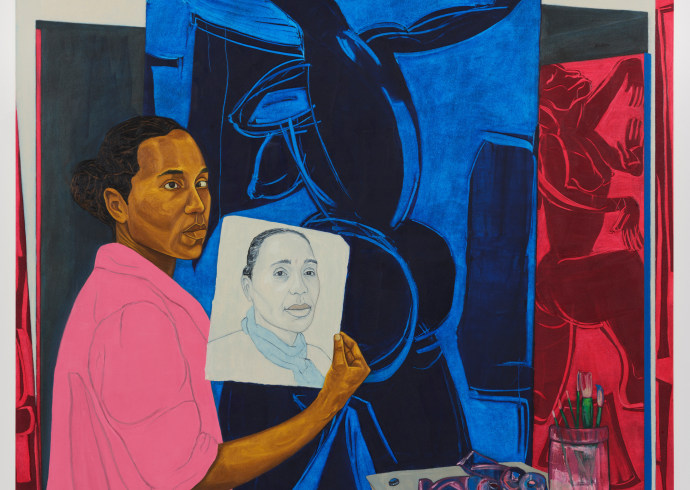
The first piece in the hall is Mequitta Ahuja’s 2020 oil painting entitled “Portrait of Her Mother,” a gentle rendition of the artist’s studio with Ahuja standing in the foreground, her body turned slightly away as though she is torn between us and her work.
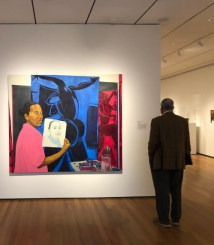
‘Picturing Motherhood Now’ emerged during the global pandemic and in the wake of the murder of George Floyd and the important conversations about race that followed,” Liebert says. “I think these world events did inflect the show. They inevitably shaped the way artists were thinking, and the issues that were on the minds of our catalog contributors.
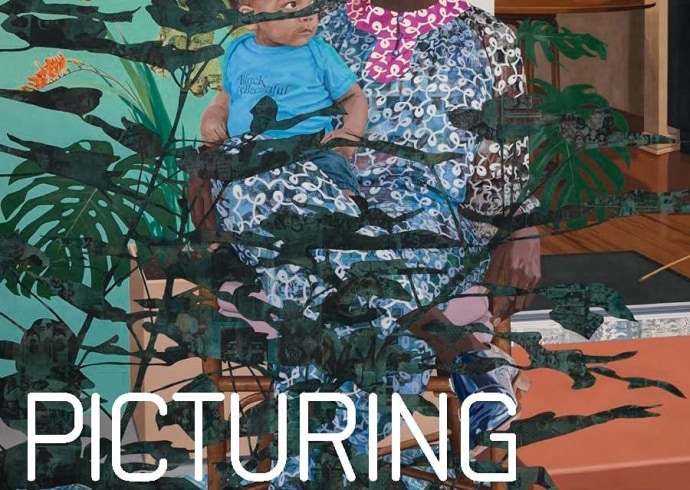
There is a long history of picturing motherhood. That history illuminates the culture from which it springs. What, then, do contemporary pictures of motherhood say about our own time?
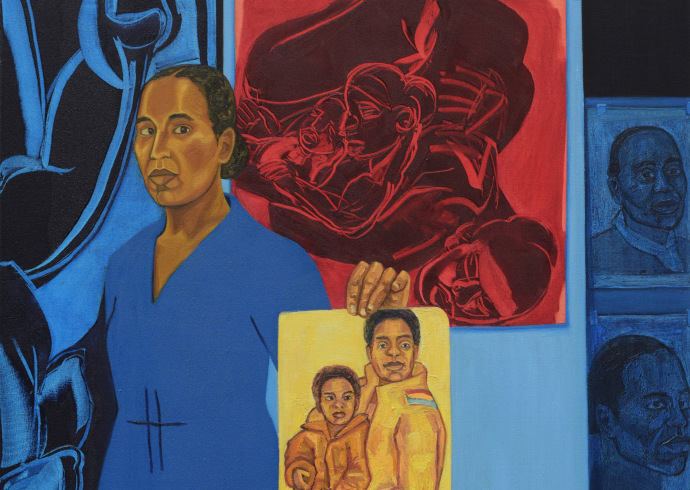
“Ma”, the artist’s new exhibition at New York’s Aicon Gallery, includes 20 oil sketches and five large oil paintings. The works may be the artist’s most intimately personal yet—made over the past 15 months, during the final period of her mother Sonja’s life, the works are a form of grieving. Loss, healing, gratitude, and connection exist as interconnected and equal energies.
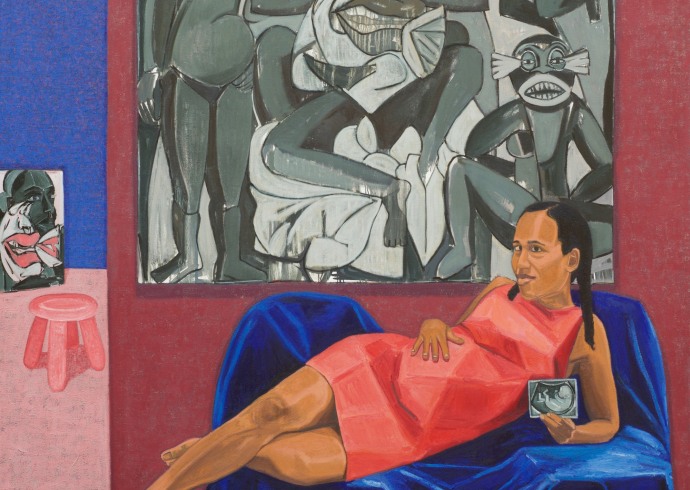
Xpect is a self-portrait. The model is Ahuja. Her classic pose is made decidedly contemporary by her pregnant belly, the sonogram she is holding, and her slight smile. It’s a birth announcement! An Instagram trope inside a painting that is loaded with rebuttals to art history.
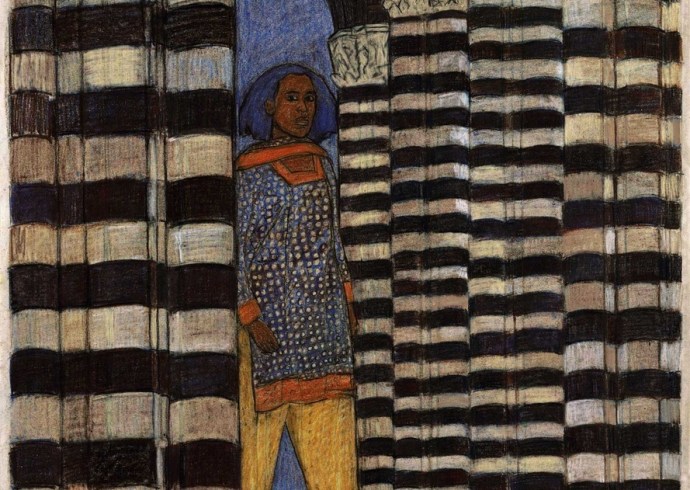
A contemporary American painter of African American and South Asian descent who lives in Weston, Connecticut, Mequitta Ahuja casts herself as mythic warriors, epic heroes, and power figures descending from traditions across cultures. She synthesizes her multicultural heritage into works that evoke the process of identity construction.
